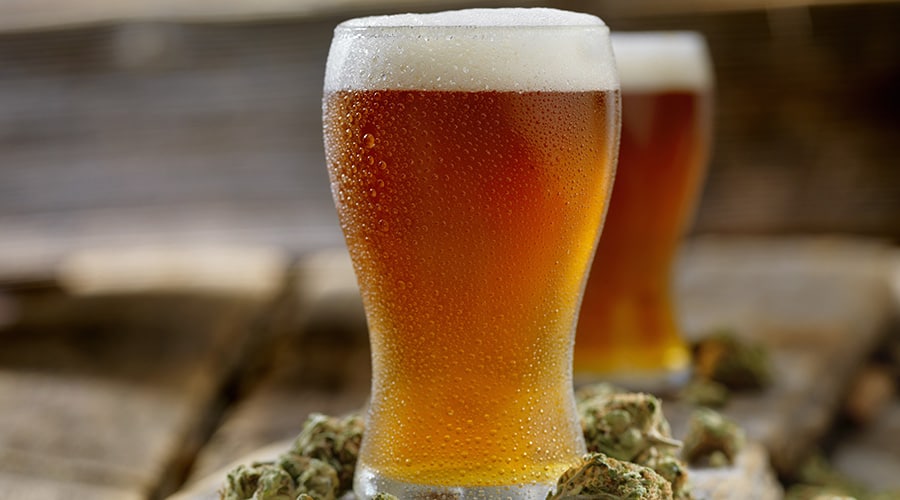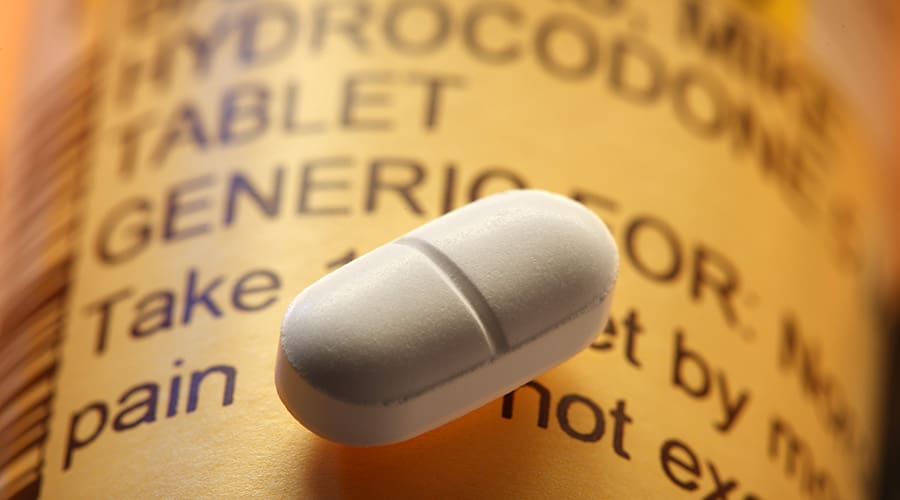
Alcohol consumption is down, but marijuana use is up among young adults
A new study from the University of Michigan finds that fewer young people are drinking alcohol now than at the turn of the century.
The number of men and women in the United States between the ages of 18 to 22 who abstained from drinking increased from 20% to 28% for college students and from 24% to 30% for those not in school, the researchers reported. Not only that, alcohol abuse dropped by about half.
But the news was not all good: The number of young adults who used marijuana, and those who used alcohol with marijuana, increased, the investigators found.
For the study, the researchers collected data on more than 180,000 young U.S. adults who took part in a survey.
“We’re encouraged by the significant decreases in alcohol-use disorder — for both college and non-college students,” said lead study author Sean Esteban McCabe, director of the Center for the Study of Drugs, Alcohol, Smoking and Health at the University of Michigan School of Nursing, in Ann Arbor.
“The prevalence of alcohol-use disorder in both groups in 2018 was roughly half of what it was in 2002,” McCabe said in a university news release. “We are excited to learn about these drops in disordered drinking, as alcohol-related consequences are one of the leading causes of mortality and morbidity for young adults.”
The researchers found that more than 75% of those who abused both alcohol and marijuana also abused prescription and illicit drugs.
The findings show that substance abuse has changed over the last 20 years, with more young people using or abusing different substances, as opposed to just marijuana or alcohol.
“For example, from 2015 to 2018, only 2.5% of young adults who abstained from both alcohol and marijuana reported misusing prescription drugs, while 25% of co-users misused prescription drugs. That is a 10-fold difference, with potentially dangerous consequences,” Schepis said.
McCabe added that “interventions that focus solely on one substance will be less effective than interventions that take a more holistic polysubstance use perspective. The findings of our study reinforce the complex task health professionals have of detecting and developing effective interventions to reduce consequences associated with polysubstance use, such as co-use of alcohol and marijuana.”
SOURCE: University of Michigan





